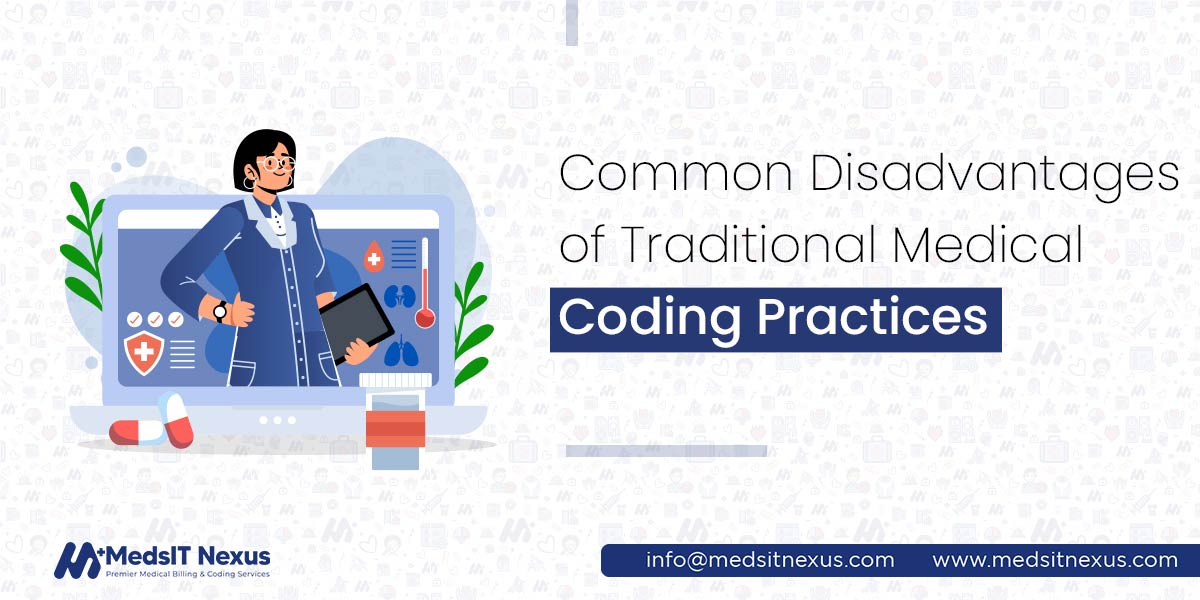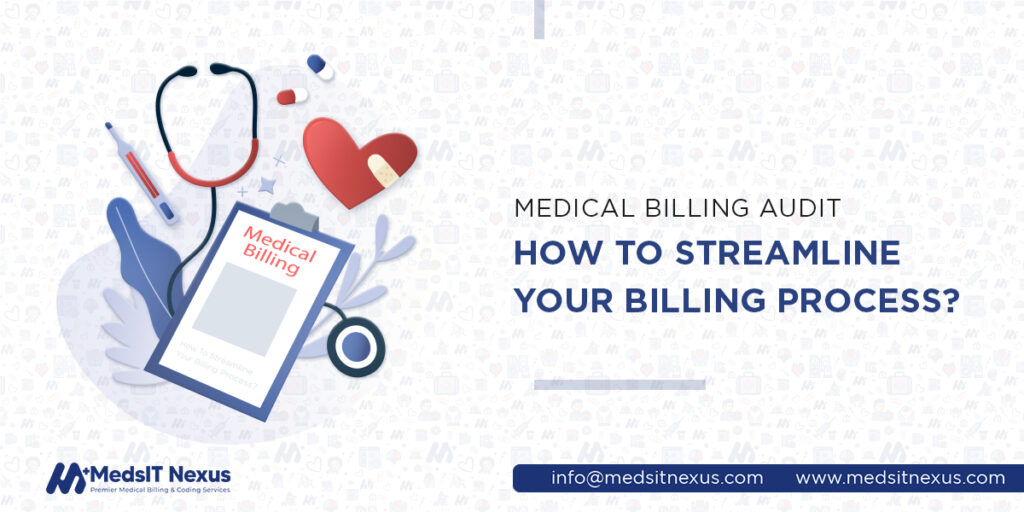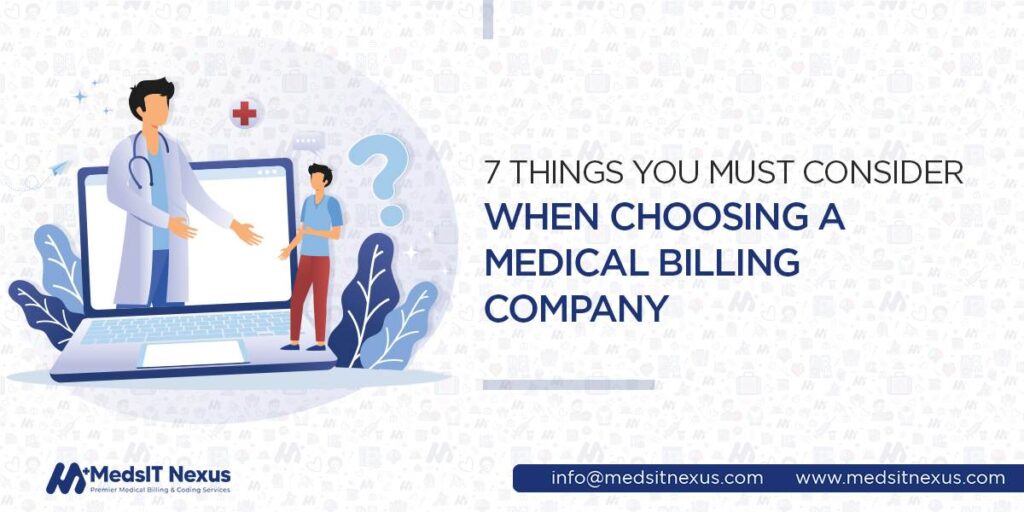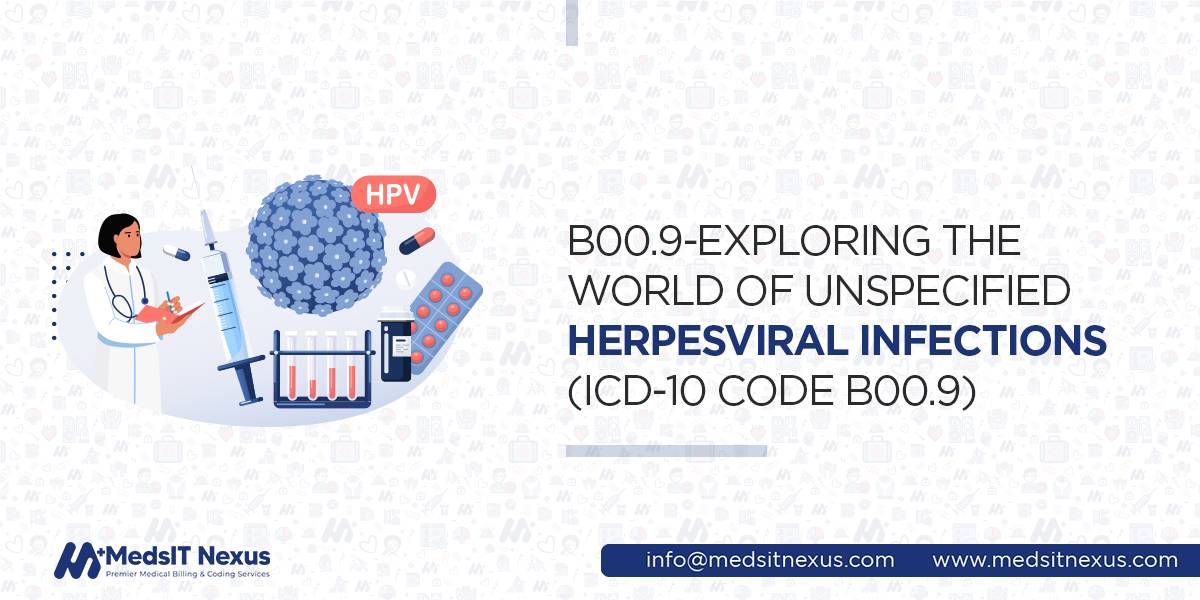Common Disadvantages of Traditional Medical Coding Practices

Medical Billing acts as the wheels on which the financial system of the healthcare sector moves. On the other hand, the foundation of effective medical billing lies on accurate medical coding. Longstanding traditional methods have been employed to make medical coding smooth and the overall billing process effective. They have helped the healthcare sector cope with changes and evolve in accordance with them. However, in recent times, it has been observed that many of the coding practices that were once the go-to practices are slowly diminishing due to the ever-changing demands of people inspired by drastic changes in other sectors. This article will briefly overview traditional medical coding, the typical medical coding disadvantages, and how to overcome them using the technology and the magic of EHR.
Brief Overview of Traditional Medical Coding
Traditional medical coding is a set of well-rounded processes relying mainly on human intervention to
extract information from patient records and then assign the diagnoses and services provided with their
appropriate codes. The system relies heavily on the efficiency of medical coders who are experts and
have a good amount of experience. They read complex medical documentation, such as physician
prescriptions, laboratory results, and imaging reports. They process and analyze this information to
assign universally recognized codes accurately, typically employing established systems like the
International Classification of Diseases (ICD) for diagnoses and the Current Procedural Terminology
(CPT) for procedures.
While conventional medical coding has been the norm of the day in medical coding for many years, it is
now in the midst of pressing challenges in the demanding modernist era. The traditional way is deemed
consuming and error-prone by many industry stakeholders. They fear issues of reimbursement, compliance,
and patient care will pile up. One factor that needs to be more appreciated is the increasing volume of
patient data due to overpopulation. These factors demand exploring and implementing new solutions to
ensure patient care in this demanding and dynamic era.
Common Traditional Medical Coding Disadvantages
In this section we will discuss some obvious drawbacks of using conventional means for medical coding.
Lack of Efficiency
When it comes to traditional medical coding, the most apparent drawback is the compromise on the efficiency of the overall process. Medical coders are highly skilled individuals trained to deal with routine and exceptional situations. However, it still does not change the fact that they are human beings with limitations. For instance, medical coding becomes very difficult in an emergency when there is a sudden increase in the patient influx. This is because the complexities of medical coding demand that a medical coder also pay heed to minor details. In the wake of an abrupt increase in workload, human coders fail to keep pace with the influx of information. This is a major medical coding disadvantage of following conventional practices. It jams the whole process, impacting overall efficiency and prolonging the turnaround time.
Proneness to Errors
Among the medical coding disadvantages of using conventional practices is the increased proneness to errors. Although traditional practices have been functioning for quite some time, they are alarmingly error-prone. There are many reasons, but the human factor involved in this practice is major. Medical coders have a heavy responsibility resting on their shoulders as slight errors ranging from simple typographical mistakes to incorrect code usage can lead to hefty losses. Many traditional coding practices rely on manual handling. Medical coding errors in such a scenario are likely to occur as the primary entity involved is a human not immune to mistakes. These errors can cost the providers dearly, as misinterpretation can lead to irrelevant prescriptions and treatments, posing a risk to the patient's well-being and providers reputation.
Limited Scalability of Traditional Medical Coding
The sustainability of every profession depends on how it evolves with the fluctuating market demands. Similarly, the healthcare sector experiences growth. However, the conventional approach towards medical coding can impede this process of scalability. No matter how good medical coders you have, they have a specific capacity and processing speed. As the data surges, one must hire additional manual coders to manage incoming data. Medical Coding professionals are not easy to find, train, and manage. It is among the leading medical coding cons as the facility will need help hiring and training quality coders to deal with this data. This creates a bottleneck and limits a facility's ability to cater to the needs of a large number of patients.
Impact on Healthcare Facilities
Above discussed medical coding drawbacks due to using conventional have an impact on healthcare facilities. In this we will discuss the nature and magnitude of these impacts.
Increased Operational Costs
As discussed, traditional methodologies' leading to medical coding disadvantages impact healthcare facilities. The inefficiency and error proneness can increase the costs of keeping the system operational. Although manual coding can be prone to mistakes, facilities tend to dedicate resources to validate the process. It consumes important minutes, not to mention increases labor costs. On the other hand, when an error occurs due to using conventional means, the facility has to bear additional expenses to rectify them, escalating the operational costs.
Potential Impact on Patient Care
The impacts of errors due to traditional coding practices are not limited to administrative challenges but can impact the quality of care that a patient expects. In the highly interconnected field of medical coding, the slightest errors can set up a chain reaction that can define the fate of healthcare services. Errors in coding will result in inaccurate claims that will ultimately be rejected. As finance is the foundation of the healthcare sector, the facility would have to dedicate time and resources to rectify the error. The resources that would otherwise be used to improve patient experience will now be used for dealing with mistakes. All attention will be diverted towards addressing the issue, and vital aspects such as staff training and facility improvement will be overlooked. In such a facility, it becomes tough for the patient to expect quality care as financial and administrative input is in the other direction.
Technological Advancements in Medical Coding
Coming to terms with medical coding errors due to traditional coding practices is a tough pill to swallow for the industry. This is because technology requires a significant shift in practices, which is more complex. However, the medical coding industry has experienced a shift towards embracing the technology by incorporating automation into the coding architecture. These modern solutions driven by automation cover the loopholes created by traditional methodology. This system uses the power of advanced algorithms and AI to boost efficiency. A vast amount of data can be streamlined in seconds through machine learning. You are just a click away from ensuring scalability while using such systems. There are real-world examples of practices that have experienced exemplary progress by incorporating technology into their practice.
How EHR Modernizes Your Medical Coding Practice?
Electronic Health Records (EHR) can play a pivotal role in addressing the issues arising due to using traditional methods. They can be easily integrated with medical coding workflows, improving accuracy and efficiency. EHR also relies on automation, nullifying human-induced errors, a significant medical coding disadvantage compared to traditional means. Patient data is just a click away in EHRs. Also, there is no worry about an increase as EHR offers scalability options without much effort. As records are adequately maintained and easily accessible, a provider can provide better care to the visiting patient in the light of their clinical history stored in EHRs. Maintaining a record with a certified EHR allows for the receiving of funds from programs such as Medicaid and Medicare. This is because the US Government sometimes requires the information, and incentives are provided to encourage this process. EHR also provides the healthcare providers with prompt reminders. For example, researchers found that computerized physician reminders (EHR) increased the use of influenza and pneumococcal vaccinations from practically 0% to 35% and 50%, respectively, for hospitalized patients.
Get Rid of Traditional Coding Practices with MedsIT Nexus
Are medical coding disadvantages due to traditional methods a sight bother for your practice? Worry not, as we will provide you with a comprehensive blend of modernist strategies and latest technologies to step up your practice. On time and accurate claim submission, efficient payment posting and timely reimbursements; all now possible with MedsIT Nexus medical coding services. Our staff expertly post and maintain your records on EHRs ensuring that it is safe and accessible for you and your doctor.
Marshall-Russ, Technical Author -
Healthcare IT & Data Systems Analyst at MedsIT Nexus
Edit Technical documentation, workflow automation insights, and data-driven RCM improvement publications following our standard publication protocols.






